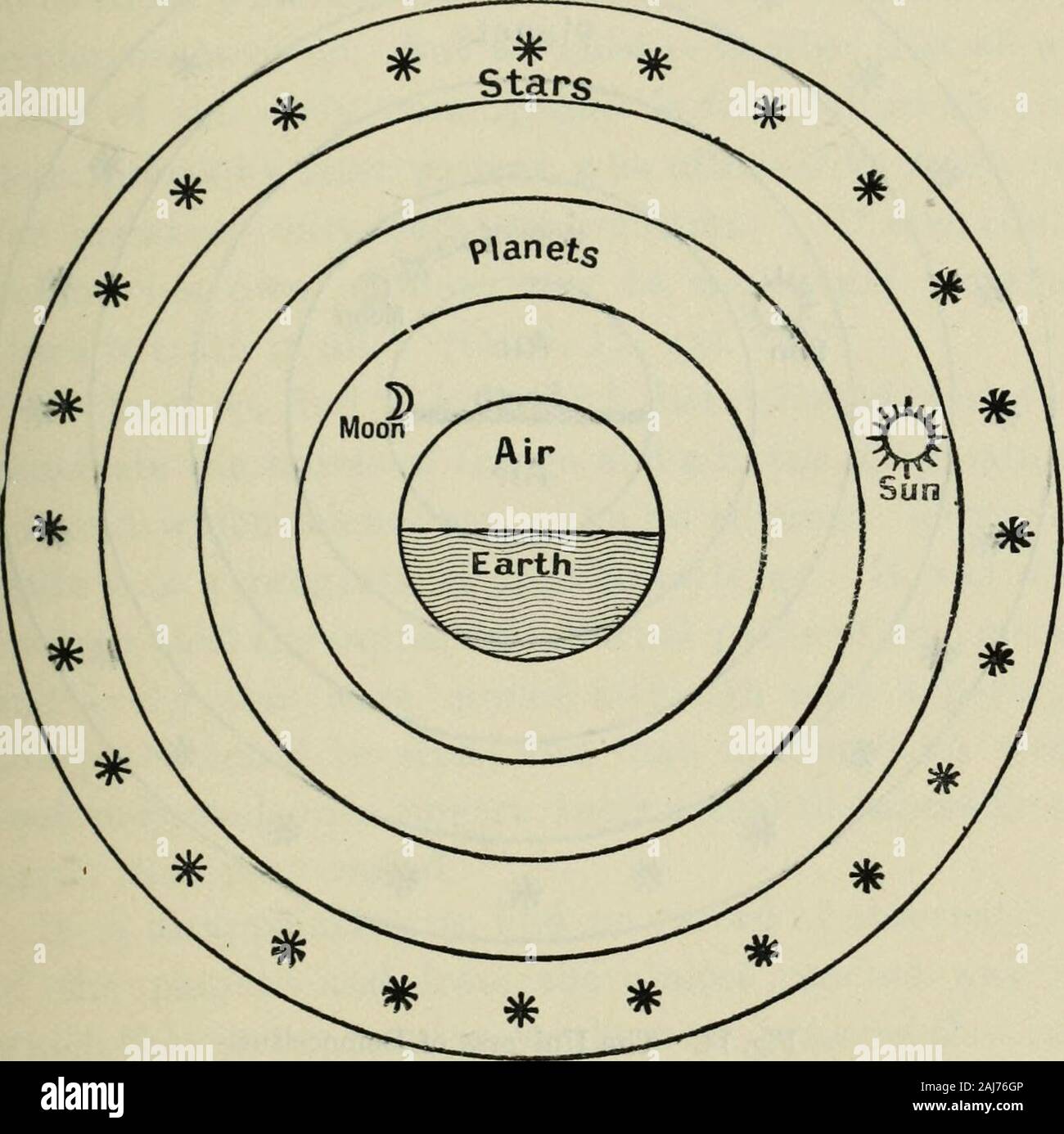Dante and the early astronomers . groundregions, through the night. It was clearly recognizedthat the visible course of each heavenly body was partof a circle, the whole of which we could see if we couldonly travel fast enough and go to the underside ofthe earth. But this was just what never could be done, for out- Leucippus side the schools of the Greeks in Italy c. 450 B.C. (Pythagorean and Eleatic), Earth still had an uninhabitable underside. Distinguished men like Leucippus and Democritus sought to combine the belief LATER FLAT-EARTH SYSTEMS. 63 in an all-surrounding spherical heaven with

Image details
Contributor:
The Reading Room / Alamy Stock PhotoImage ID:
2AJ76GPFile size:
7.1 MB (243.1 KB Compressed download)Releases:
Model - no | Property - noDo I need a release?Dimensions:
1582 x 1578 px | 26.8 x 26.7 cm | 10.5 x 10.5 inches | 150dpiMore information:
This image is a public domain image, which means either that copyright has expired in the image or the copyright holder has waived their copyright. Alamy charges you a fee for access to the high resolution copy of the image.
This image could have imperfections as it’s either historical or reportage.
Dante and the early astronomers . groundregions, through the night. It was clearly recognizedthat the visible course of each heavenly body was partof a circle, the whole of which we could see if we couldonly travel fast enough and go to the underside ofthe earth. But this was just what never could be done, for out- Leucippus side the schools of the Greeks in Italy c. 450 B.C. (Pythagorean and Eleatic), Earth still had an uninhabitable underside. Distinguished men like Leucippus and Democritus sought to combine the belief LATER FLAT-EARTH SYSTEMS. 63 in an all-surrounding spherical heaven with a flat sup-ported earth which might still give them a solid floorbeneath their feet. Leucippus made the earth a hemis-phere, with a hemisphere of air above, the wholesurrounded by the supporting crystal sphere whichheld the moon. Above this came the planets, then theDemocritus sun, and probably the stars were outsidec. 430 B.C. tj^ig jjig disciple, Democritus, on the otherhand, retained the disc-like earth, raised a little at the. Fig. 13, The Universe of Leudppus. rim, to secure its contents, and made it divide the sphereof air into two parts, so that it rested upon air, and airwas also in the sky above. The underside of the discwas not inhabited, no doubt because no one could standupside down. His order of the successive heavens is 64 LATER FLAT-EARTH SYSTEMS. not quite the same as that of Leucippus, as he puts themoon and the Morning Star together, and the rest ofthe planets beyond the sun. This scheme gave the universe a beautifully sym-metrical form, which must have pleased the Greeks, but now they were puzzled to know why the heavenly